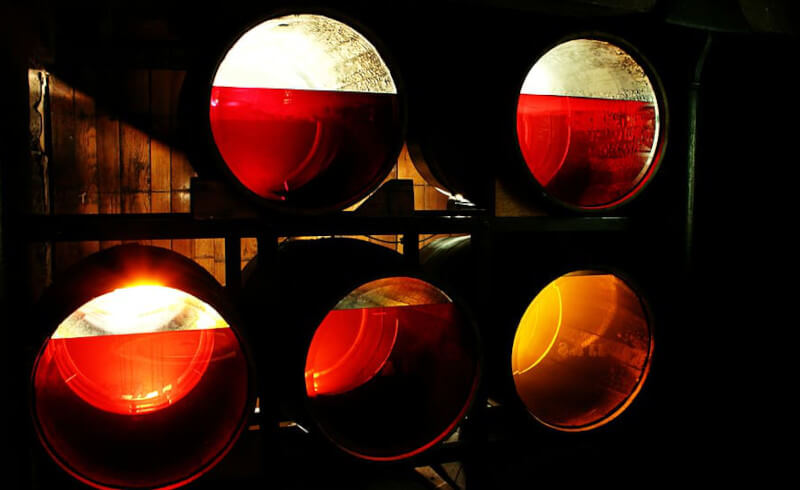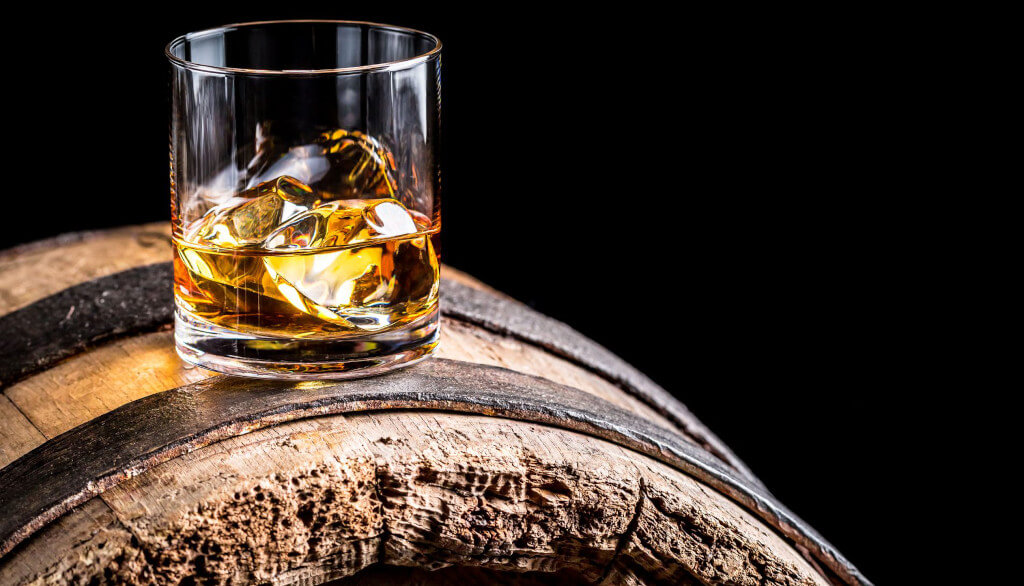In the realm of whiskey, there are a lot of terms to remember. Full-bodied, single-malt, oak-aged, double-barrel, single-malt,… Infinite examples may be given. There is a new way to describe whiskey for every word we learn. However, “angel’s share” is a concept you might not be familiar with. Whiskey distillers have long relied on the traditional Angel’s Share, and it is an integral part of today’s whiskey production. We’ll let you in on the secret of the angel’s share of whiskey and lift the veil a little on the whiskey-making process.
How Whiskey Began
Whiskey has been around since the Mesopotamians discovered distillation about the year 2000 BC and began using it to create scented perfumes. In Greece, where the practice initially appeared, archaeologists discovered distilled water made from seawater.
In time, spirits’ alcohol content was increased through distillation, and the process also served to remove impurities. Beginning in medieval Ireland and Scotland, where it was called ” aqua vitae,” this method has been used to distill alcohol ever since. Whiskey is the common name for this distilled liquor.
Irish and Scottish immigrants brought the distilling of whiskey to the United States. The emergence of American-made whiskey as a cultural phenomenon is a uniquely American story. American whiskies like bourbon are now among the most well-known brands worldwide. In the twentieth century, Japan began producing its whiskey, and today its products are among the best in the world.
Distinct regional flavors are achieved through well-crafted procedures. The angel’s share is still a part of whiskey production because the fundamental method hasn’t changed.
How Much Is An ” Angel’s Share”?
There will always be some whiskey that evaporates away during aging, and that’s the angel’s share. There is no way around it while distilling whiskey.
In medieval Ireland and Scotland, this whiskey was known as the angel’s portion because it evaporated into the air and perfumed the storehouse. They thought the whiskey that vanished into thin air was a sacrifice to the heavens above. Let’s talk about how whiskey is manufactured so you can get a better grasp on what this entails.
The Angel’s Share During Ageing
In the fourth phase, aging, the angel’s share becomes relevant. Due to evaporation, alcohol gradually loses some of its initial volumes each year. More whiskey is lost through evaporation the longer it is allowed to age. The angel’s share is the portion of whiskey that evaporates over time and imparts a pleasant, alcoholic aroma around the warehouse.
How Much Whiskey Is Lost To Angel’s Share?
How much whisky is lost to the angel’s share depends on several variables, including the type of wood used in the barrels, the humidity and temperature of the warehouse, and the whiskey’s aging time.
Liquid loss to the angel’s share increases with the amount of porous wood used and the amount by which humidity and temperature fluctuate. Conditions as frigid as those found in the Scottish Highlands might result in annual rates as low as 2% of total barrel volume.

It is estimated that as much as 5% of the entire barrel capacity is lost during the aging process of bourbon, especially in hotter and more humid locations like the fields of Kentucky. As a result, bourbon whiskey is typically only matured for a fraction of the time that Scotch is.
As a result, a Scotch whiskey that has been aged for 12 years would lose about 24 percent of its volume over the time it spends in barrels before it is ready to be bottled. One reason why aged whiskey costs more than less aged whiskey is that less of each batch remains after it has been aged for longer.
How Can Angel’s Share Be Avoided?
Since whiskey was originally made, the angel’s share has been included in the aging process. There is no genuine way to stop the angel’s share of whiskey from disappearing.
Angel’s share isn’t always bad, as it contributes to the maturation process that cleans and enhances the flavor of the whiskey. However, some distillers are making an effort to lessen the amount of alcohol that evaporates as their products age.
Wrapping barrels in plastic to keep the whiskey within and prevent it from evaporating is one option. The impact on whiskey’s flavor and how well it works is currently being evaluated.
Is the Cost of Whiskey Affected by Angel’s Share?
The angel’s share influences whiskey in several ways, including softening its harsh flavors over time so that you can enjoy a smooth drink. However, the angel’s share has other effects on the end user, including pricing.
Whiskies that have matured for an extended period are typically more expensive than other varieties. This is due to several factors, the most significant of which is the amount of water that is lost over time. As we discussed, a Scotch that has been aged for twelve years might lose as much as a quarter of its volume, and a Scotch that has been aged for twenty-five years can lose as much as half of its volume.
Since some whiskey will be lost over time, more resources (more mash, more barrels, more alcohol, etc.) are required to produce the same amount. As a result, the cost of matured whiskey rises. Many continue to argue that they can live with the compromise. A great bottle of whiskey is worth paying any price for, but it’s helpful to know the reasoning for price fluctuations.
What You Can Learn From Angel’s Share Whiskey
Since whiskey’s inception in Ireland and Scotland more than a thousand years ago, the angel’s share has been an inevitable part of the distillation process. The term “angel’s share” is used to describe the annual loss of whiskey due to evaporation. It shoots up into the air, where the angels, according to urban belief, drink it. This causes a volume loss of 2% to 5% per barrel each year, which quickly mounts up. The percentage of whiskey that becomes the angel’s share depends on several variables, including but not limited to climate, humidity, wood, and grain.

